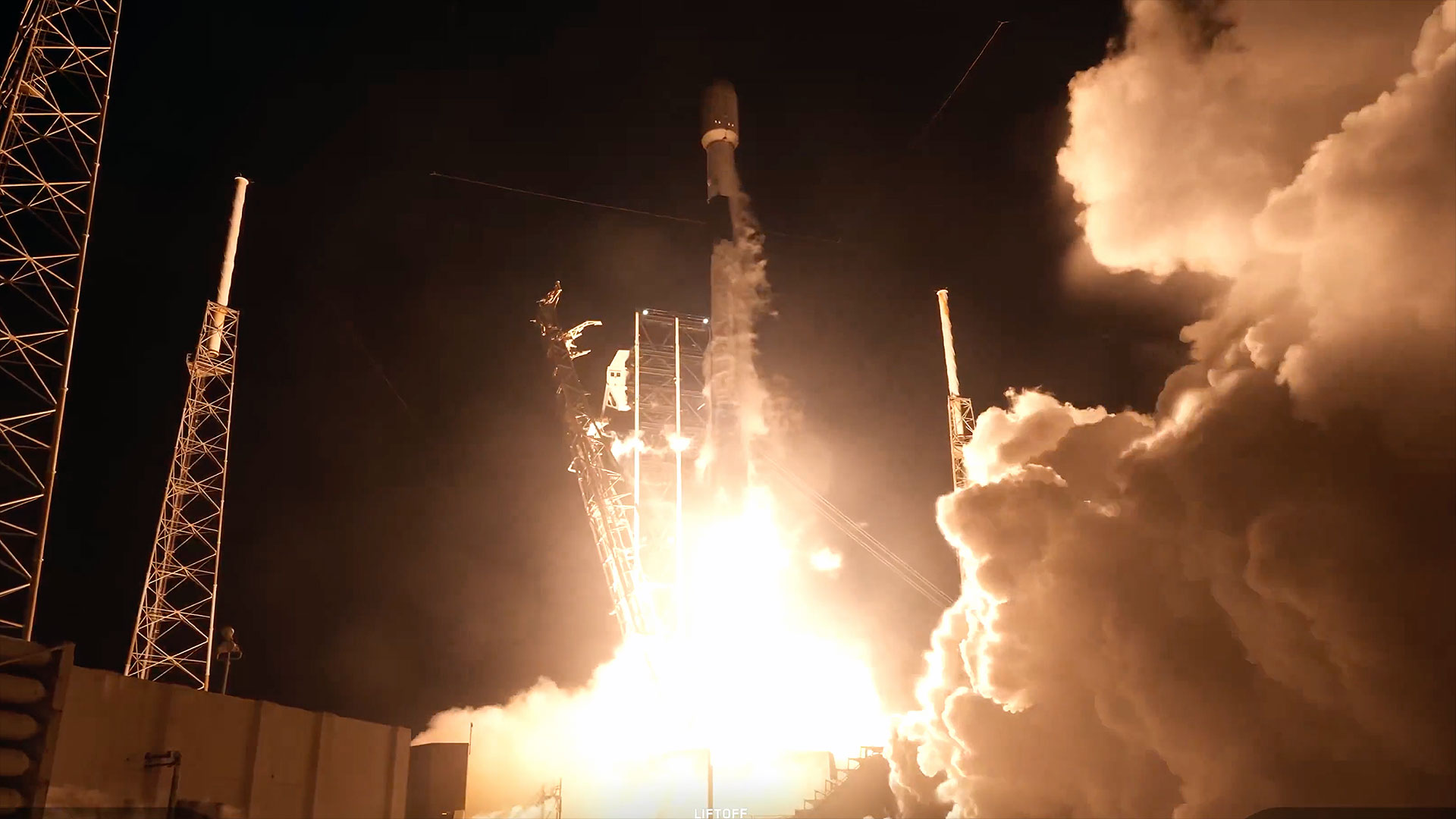Russia Launches Three More Navigation Satellites

A Proton rocket hauled three new satellites into orbitThursday to replenish Russia's space-based navigation system, marking theheavy-lift booster's second flight in less than a week.
The Proton rocket launched from the Baikonur Cosmodromein Kazakhstan at 0849 GMT (4:49 a.m. EDT) Thursday. The rocket's three lowerstages completed their burns in the first nine minutes of the mission, and theBlock DM upper stage fired twice to propel the three Glonass satellites into amedium-altitude orbit.
The 3,000-pound satellites were released in a circularorbit nearly 12,000 miles high with an inclination of 64.8 degrees, completingthe Proton's seventh flight of the year.
The Glonass constellation, Russia's counterpart to theU.S. Global Positioning System, currently includes 16 satellites.
One spacecraft is undergoing maintenance and another isbeing decommissioned, leaving 14 satellites available for daily operations,according to an update posted on the Russian Space Agency's Web site this week.
Maintained by the Russian military, Glonass satellitestransmit two navigation signals for armed forces and civilian users. Thecivilian channel can provide positioning data within about 200 feet, accordingto the Russian Space Agency.
A constellation of 18 satellites spread among threeorbital planes is required to provide blanket coverage of Russia, while 24spacecraft can reach users worldwide. Russian officials want to achieve a fullGlonass constellation of 30 satellites, including spares, by 2011.
Breaking space news, the latest updates on rocket launches, skywatching events and more!
Three more Glonass satellites are scheduled for launch inDecember, following by more additions next year.
The satellites launched Thursday are expected to operatefor at least seven years, Russian officials said.
Thursday's launch was the second Proton mission in sixdays.
Another Proton rocket blasted off Friday with the Nimiq 4communications satellite. That launch, conducted under the auspices ofInternational Launch Services, used a Breeze M upper stage to deliver the10,692-pound payload into an elliptical geosynchronous transfer orbit.
Nimiq 4 will broadcast direct-to-home television servicesto Canadian customers for Bell TV, a leading direct broadcasting firm inCanada.
The spacecraft, which includes Ku-band and Ka-bandtransponders, will be operated by Telesat Canada. The communications payload isgeared toward specialty, foreign language and high-definition televisionprogramming.
Nimiq 4 was manufactured by EADS Astrium and will belocated along the equator at 82 degrees west longitude.
The next Proton launch is scheduled for late October orearly November with the ASTRA 1M communications satellite.
- Video - Falcon 1's Third Flight
- Video ? Suborbital Rocket Test Explodes
- Future of Flight: Space Tourism, Investment and Technology
Join our Space Forums to keep talking space on the latest missions, night sky and more! And if you have a news tip, correction or comment, let us know at: community@space.com.
Stephen Clark is the Editor of Spaceflight Now, a web-based publication dedicated to covering rocket launches, human spaceflight and exploration. He joined the Spaceflight Now team in 2009 and previously wrote as a senior reporter with the Daily Texan. You can follow Stephen's latest project at SpaceflightNow.com and on Twitter.
